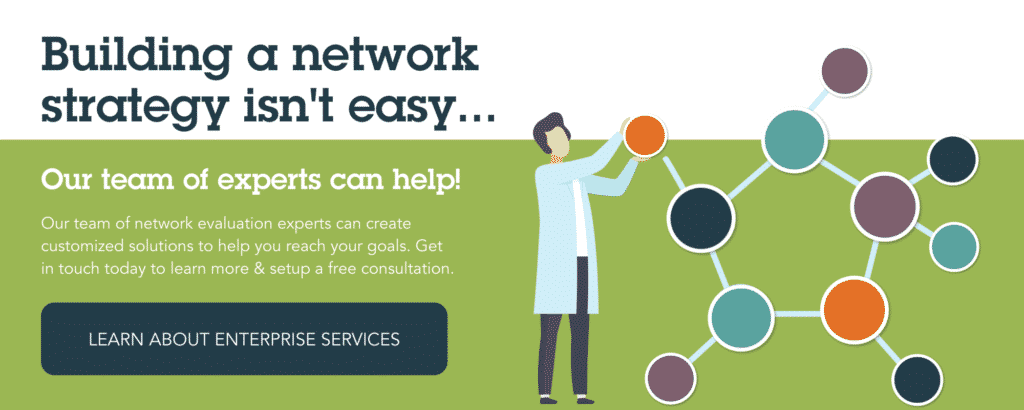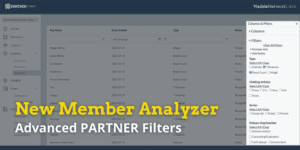Three Tips for Better Network Facilitation

Network Stuck? Get Unstuck with a Facilitator!
One of the most important, yet overlooked roles in a network is that of a facilitator. A facilitator is a person that makes an action or process easier by keeping discussion and decision-making processes moving along. Making things easier sounds pretty good, doesn’t it? Here are some tips for making the most out of having a facilitator in your network:
Three Tips for Better Network Facilitation
To get the most out of facilitation, you should 1) Identify clear roles, 2) Use the right tools for the job, and 3) Pay attention to processes and outcomes. Now I’ll dig into each of these tips in turn.
Identify clear roles
If there is one tip for better facilitation I could give to all networks, it is to have a facilitator! Having a facilitator can do the following:
- It allows the leadership of the network to participate in decision making without having to also manage group process;
- It introduces a neutral party focused on network activities resulting in increased diversity in thoughts, ideas and opportunities; and
- It can help a network raise up, clarify and address underlying issues and roadblocks.
If you haven’t already identified a facilitator for your network, an easy way to initiate the idea is to try it out at one of your group meetings. At the beginning of the next meeting, ask for network members if they would be willing to volunteer for some meeting roles – X is going to take notes, Y is going to facilitate, and Z is going to make sure we don’t get too far off track on our agenda.
Remember, a facilitator doesn’t need to be an expensive external contractor – it can be someone in your network that is willing to be a neutral process monitor helping the group move through discussion and decision making with ease.
Use the right tools for the job
Most facilitation in networks will be group facilitation. As opposed to individual mentoring/coaching, or presenting to groups, group facilitation in networks requires a different set of tools. Here are some of the fundamentals of group facilitation:
- Create and follow meeting agendas, and include starting and ending on time and clarifying action items and timelines (Check out this NYTimes article on effective meetings);
- Bridge differences by de-escalating and diffusing conflict (Check out the VNL Blog Post by our very own Alex Derr);
- Flatten power differentials by making sure all voices are heard (Here is a great book by Paul Born on participatory processes that flatten power in networks); and
- Develop shared network goals, and then follow up on those goals.
Pay attention to process and outcomes
Every facilitator defines success differently – some are goal oriented focused on getting to outcomes, while others are focused on whether people get along and feel good about their work together. This is the same for every member of your network – they have preferences.
However, when facilitating networks, you need to balance both the quality of the process, and the outcomes you achieve together. If your preference is to make sure everyone gets along, to meet the needs of all your network members, make sure you are also paying attention to whether you are reaching your shared goals. If your preference is to drive the network toward their outcomes, make sure you pause to check in with the group and make sure their needs for connection are being met.
Summing it Up: Tips for Better Network Facilitation
To sum it up, there are three big tips for facilitating your network. First, identify clear roles, including that of a facilitator. This could be an external consultant, or just a trusted member of the network. Second, use the right tools for the right job. There are many different resources out there to help you become a better facilitator. What I included here represents the tip of the iceberg. Third, pay attention to both process and outcome. If people aren’t happy with the process used to make a decision, they’re unlikely to support the decision or whole-heartedly work to implement it. Implementing these tips into your network will go a long way in help you get “unstuck.”










